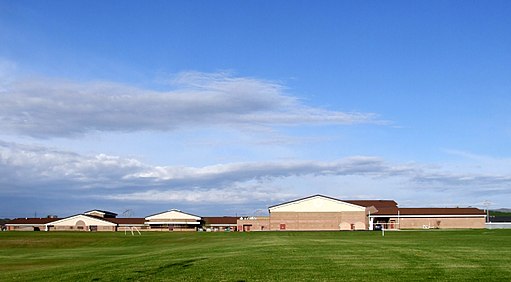An August 2017 report from the Education Commission of the States and the College Board explores rural students’ access to and participation in Advanced Placement (AP) courses, as well as their performance on AP exams, relative to students who reside in urban and suburban areas. Below we summarize some key findings from the report, which relies on data collected across 15 school years (i.e., 2000-01 to 2014-15):
- Access to AP courses has increased significantly for rural students. In 2001, only 56% of rural high school seniors had access to at least one AP course; by
 2015, this percentage had increased to 73% of high school seniors.
2015, this percentage had increased to 73% of high school seniors. - While access to AP courses improved for rural students (73%), it still lagged that of urban (92%) and suburban (95%) students in 2015.
- Of the rural high school seniors who had access to at least one AP course in 2015, only 31% took an AP exam. This compares with 40% of urban and 39% of suburban high school seniors.
- On average, rural students earned an AP exam score of 2.6, compared with 2.73 for urban students and 2.98 for suburban students in 2015. Note that AP exams use a standardized score that ranges from 1 to 5, with a score of 5 indicating the highest level of performance. Scores of 3 or higher are often awarded college credit by post-secondary institutions. [Read more…]